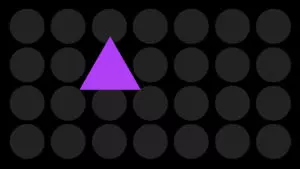
6 Ways to Set Your Art Apart: How to Sell Your Art in an Over-Saturated Market
Standing out amongst the crowd can seem an overwhelming task. Muster a bit of confidence and then use these 6 tips.
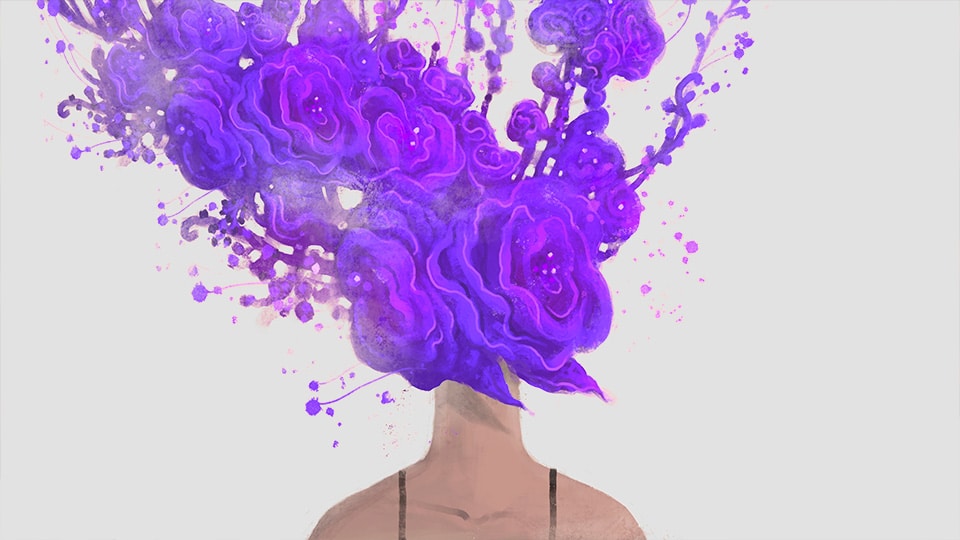
Today, it’s ok to not be ok.
Whether it’s as a result of living through a global pandemic, or that the human race is moving closer to self-actualization, society is working to lift the stigmas around mental health.
The evidence of this is all around us. If you’re plugged into the world, it’s not uncommon to see or hear ads for online therapy, apps to help with our mental well-being, or PSAs for suicide prevention and intervention. In fact, in the US, one in five adults struggle with mental health issues. So, admitting to feeling “not ok” is becoming the new normal – and an important first step in doing something about it.
Creative expression, no matter its form, is beneficial for a healthy state of mind. Scientists are working to unlock the secrets as to why, but more importantly, we know that creative expression is fundamental to being human.
Whether you have a diagnosable condition, or just need a little extra support to help with your current mental state, creative expression, whether it be in the form of painting, writing, doodling, playing music, or just about any other means of being creative can help in a variety of ways – to simply quiet your mind, to manage negative thoughts or even trauma.
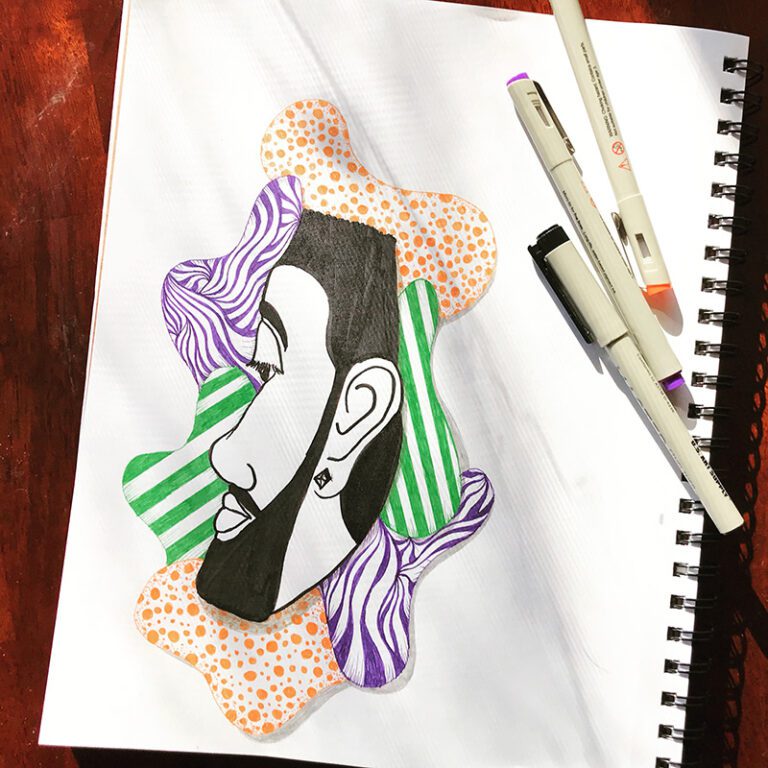
Much like an artist staring at a blank canvas, getting started can be tough. If you’re trying to improve your mental health, here are a few ways to tap into your creative self.
Before we delve into how creativity can help our mental state, let’s look at why art and creative expression is so beneficial.
Art Therapist Girija Kaimal, states that, “art-making is an integral part of human functioning, and that it helps humans survive.”
Other scientists agree that art plays an important role in our physiological health. Laurel Healy, LCSW, says that engaging in the creative process helps us to “make new neuropathways, increasing the connectivity in our brain.” (VeryWellmind)
These connections can help us create a mental resiliency similar to the benefits of meditation. Another scientist refers to this mental state as “flow state”. Psychologist Mihaly Csikszentmihalyi claims that “flow state” can help us feel more relaxed, mindful, and accomplished.
With science at its back, investing a little time and effort in the creative process seems well worth it, but it can be tough to get started. If you’re not used to venturing into creative endeavors, especially if you’re struggling with depression, how do you strike the match to light your creative fire?
First off, being creative doesn’t necessarily mean painting, writing, or making macaroni necklaces. Creativity can look different to everyone. If you take a few steps outside of the box that traditional creativity falls into, it’s easier to see all of the things we use creativity for. For example, solving a problem, building something, or learning a new skill can all fall under the same roof.
Even with this redefinition of creativity, it can still feel overwhelming in learning where to start. Here’s a few tips.
When creativity strikes, a great idea can be two-fold. On the one hand, a great idea unfolding in your mind is an exciting moment. You now have something to focus on, and this idea can potential be made into something real. On other hand, a great idea can be daunting. There’s a fear that you won’t be able to make your vision true to the way you see it in your mind. This fear can be as paralyzing as it is common. It’s tough to know where to start, and if we attempt it, will we just be letting ourselves down when it doesn’t turn out the way we wanted?
The best way to move past this is to start small. As a painter, when an idea for a painting comes to mind, I can see it completed in my mind before I even get out my canvas. But I’m never sure if I’ll be able to translate what I see in my mind to that canvas. So, instead of starting with paint, I’ll get out my sketch pad and make some sketches. Sometimes, my idea will evolve into something else. Sometimes I’ll scrap the idea and try something new, and sometimes, that sketch leads to a full-blown painting. Either way, the act of sketching counts as creative expression. It’s an easy, approachable method to fostering creativity.
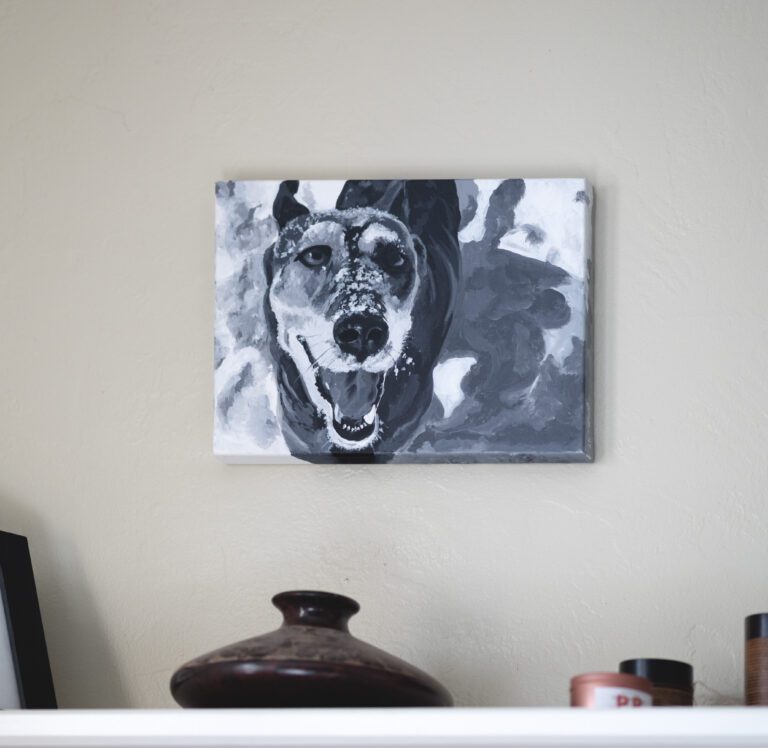
If you’re literally starting with a blank mental canvas, here are a few creative exercises to try to get your juices going:
Write a short story. If you’re drawing a blank coming up with a basic plot, a tip from Jame’s Patterson’s Masterclass is to write a story about something that happened to you. This is a great exercise to help you easily get words on paper. You can tweak it, or embellish the details as much as you like.
Draw what you see. Get a piece of paper and look around the room. Draw whatever seems interesting to translate on paper. Don’t judge the likeness of your drawing. Picasso didn’t. Neither should you.
Dance like no one’s watching. Get up. Close the blinds, and get funky. If you’re struggling with depression or other mental disorders, the physical movement can have added benefits for those as well.
Much like anything, if you want to make something happen, it’s best to make it easy to do. It’s easy to keep your bathroom clean if the cleaners are right there under your sink. It’s easy to floss your teeth if you keep floss at your desk or in your car. The same goes for engaging in creative projects. Keep it easy and accessible, and most importantly, enjoyable.
The best way to move past this is to start small. As a painter, when an idea for a painting comes to mind, I can see it completed in my mind before I even get out my canvas. But I’m never sure if I’ll be able to translate what I see in my mind to that canvas. So, instead of starting with paint, I’ll get out my sketch pad and make some sketches. Sometimes, my idea will evolve into something else. Sometimes I’ll scrap the idea and try something new, and sometimes, that sketch leads to a full-blown painting. Either way, the act of sketching counts as creative expression. It’s an easy, approachable method to fostering creativity.
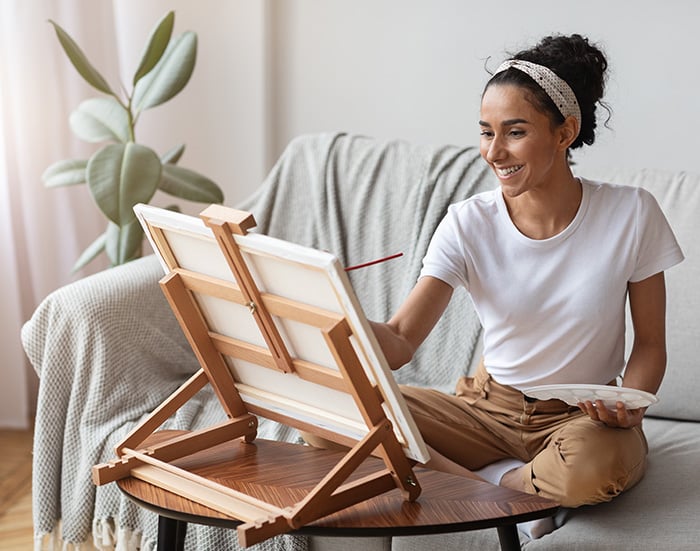
Everyone knows the old adage “practice makes perfect” but, when it comes to using creativity to aid our mental wellbeing, we’re not aiming for perfection. In fact, we’re not even aiming for “good”. When practicing creativity for mental wellness, the goal is simply to create and not to judge what we’ve created. It’s important not to manifest any negative self-talk or doubt. Instead, the best way to practice creative expression is simply to do it on a regular basis.
When creativity has become a healthy practice, it’s like building up a muscle. When that creativity gets used regularly, ideas come easier, and taking time to use your creative energy becomes more natural.
Sometimes, adding one more goal to our routine simply gives us one more thing to beat ourselves up about when it doesn’t get done, or doesn’t get done to the expectation we had.
Until your creativity is a comfortable part of your everyday life, think of it as the chopped nuts on your hot fudge sundae, the lavender bath bomb you add to your bubble bath, or best yet, the frothing of the heavy cream that you add to your coffee in the morning. These extras aren’t necessary to enjoy the things worth enjoying, but they add that extra little something that put those pleasantries over the top. More so, it’s the extra bit of care you take that communicates to you your own self worth.
Try to look at your doodle time, or painting time, or poetry-writing time like this – that beautiful frothy heavy cream you add to your coffee. This way, if it doesn’t happen – and there will certainly be days it doesn’t – you’ll just look forward to the next creative time you’re able to fit into your hectic schedule instead of beating yourself up for not making it happen.

Standing out amongst the crowd can seem an overwhelming task. Muster a bit of confidence and then use these 6 tips.
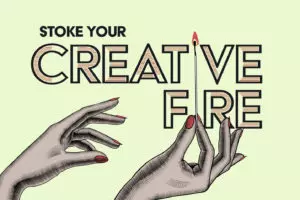
While there isn’t a way to turn creativity on and off, there are a few things you can do to stoke your creative fire, so ideas continually spring forth like sparks from a roman candle.

In this brave new world of digital connectedness, one’s first instinct would be that social media is the answer to making your way as a successful artist, but, when not used with caution, can actually hinder your success.